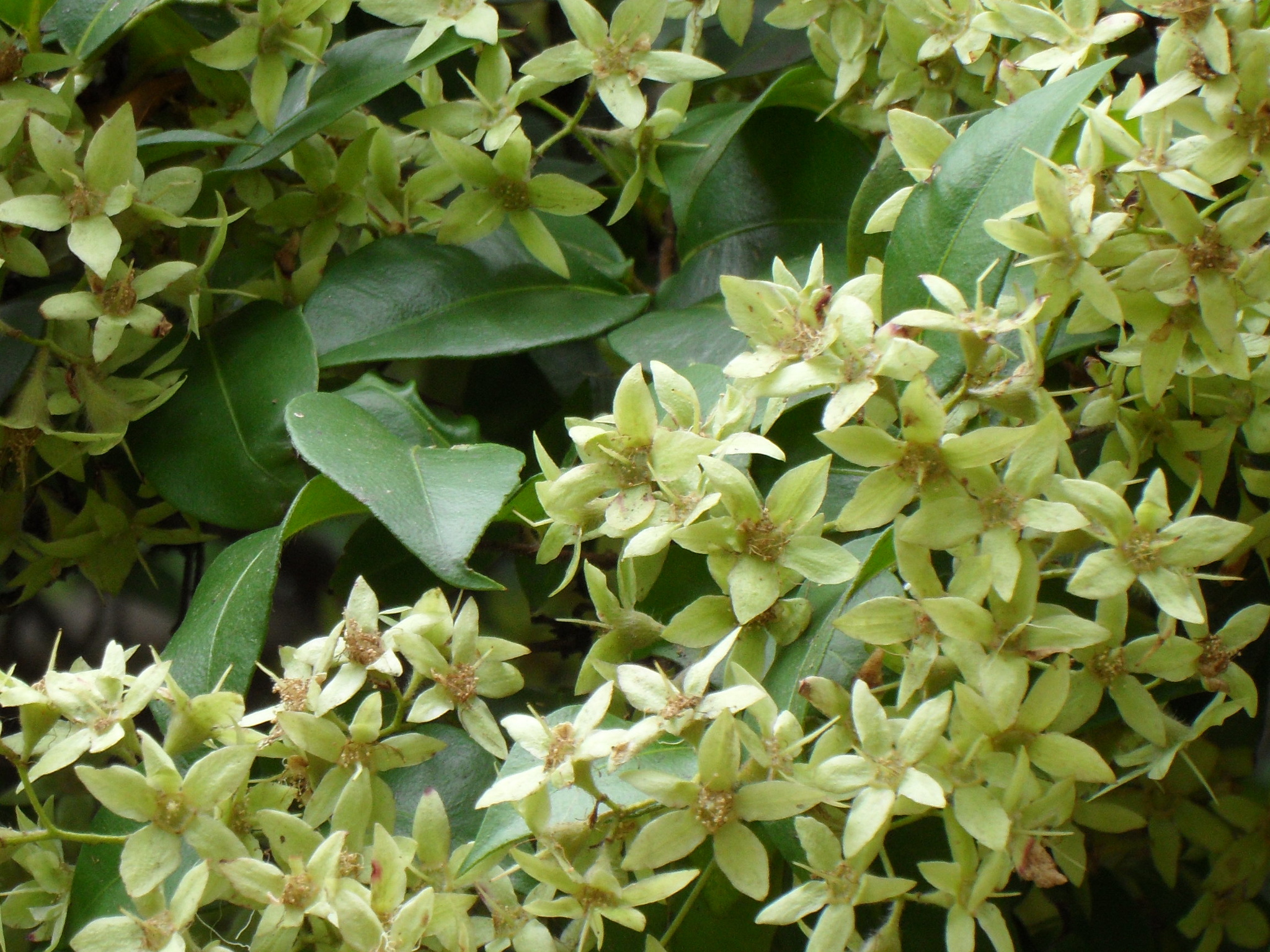
Commemorating James Backhouse, 19th century English nurseryman and Quaker missionary.
Trees or shrubs. Leaves opposite and with prominent venation. Flower clusters axillary or terminal. Flowers 4- or 5-parted. Sepals often prominent and petal-like, persistent on the fruit. Stamens numerous, free, in several rings. Ovary half-inferior, 2-chambered, with few ovules. Fruit thin-walled, indehiscent or schizocarpic; seeds 1-2.
Grown for the dense and often highly aromatic foliage containing strongly aromatic oils, and attractive flowers.
8 species endemic to Australia.
Seed or cuttings.
Sepals spreading and papery, persistent in fruit; leaves sometimes similar to those of Acmena and Syzygium.
Source: (2002). Myrtaceae. In: . Horticultural Flora of South-eastern Australia. Volume 3. Flowering plants. Dicotyledons. Part 2. The identification of garden and cultivated plants. University of New South Wales Press.
